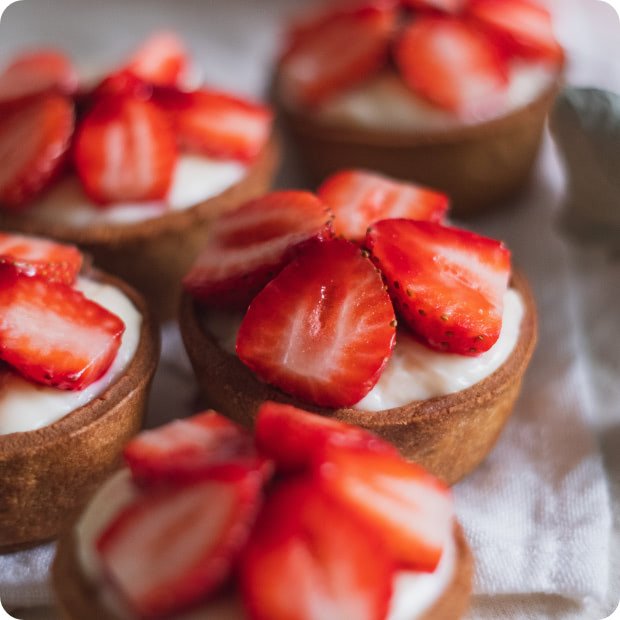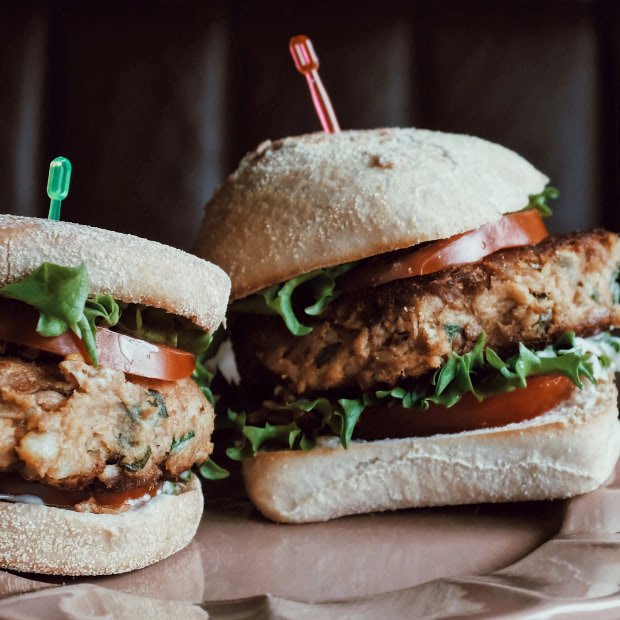A creative blog filled with crochet patterns, beginner-friendly tutorials, and a handful of delicious recipes.
Patterns of the Week
Fusce dignissim blandit justo, eget elementum risus tristique. Nunc lacus lacus, sit amet accumsan est pulvinar non. Praesent tristique enim lorem. Phasellus a auctor lacus.
[blocksy_posts limit=”20″ has_pagination=”no”]
Patterns By Category
Fusce dignissim blandit justo, eget elementum risus tristique. Nunc lacus lacus, sit amet accumsan est pulvinar non. Praesent tristique enim lorem. Phasellus a auctor lacus.

98
Sweets

23
Burgers

34
Drinks

54

